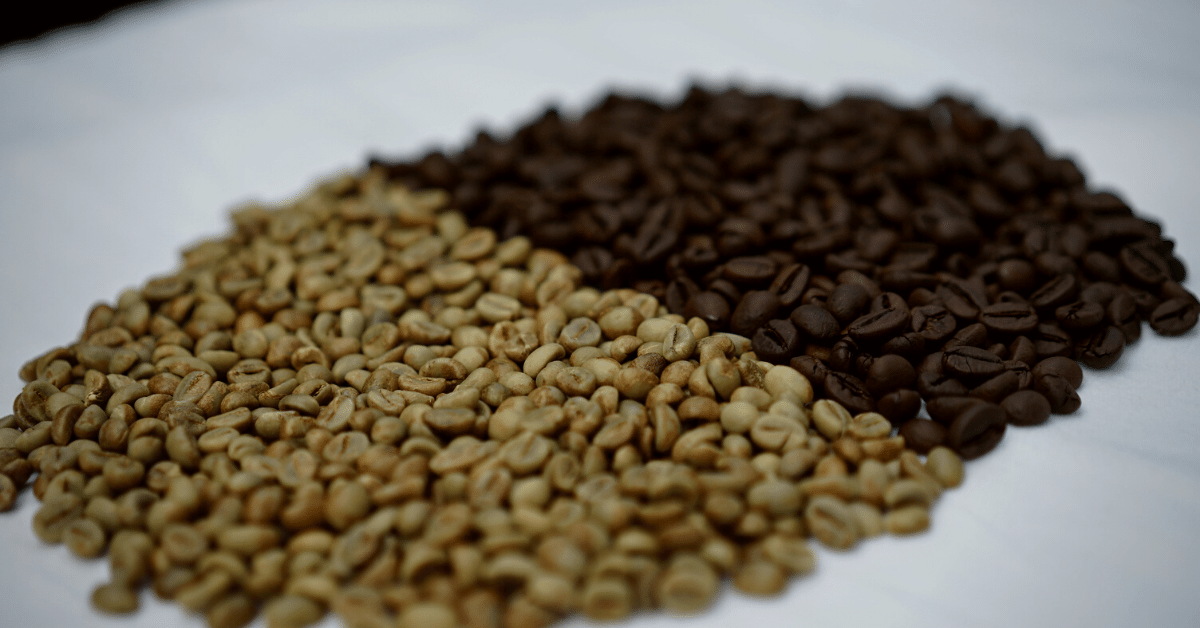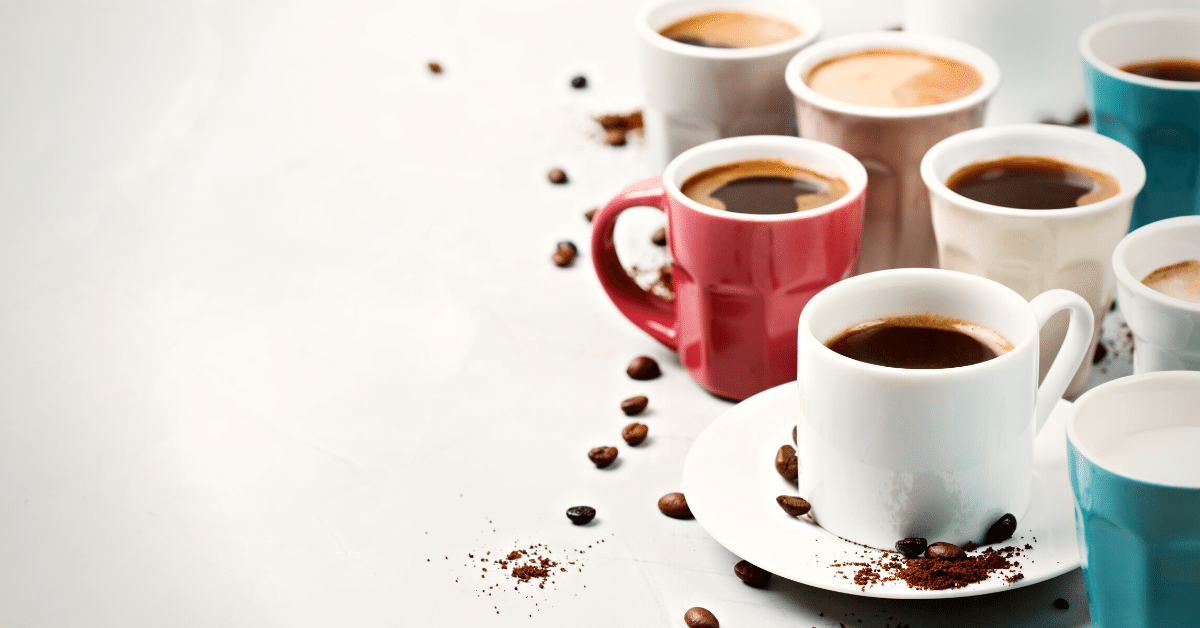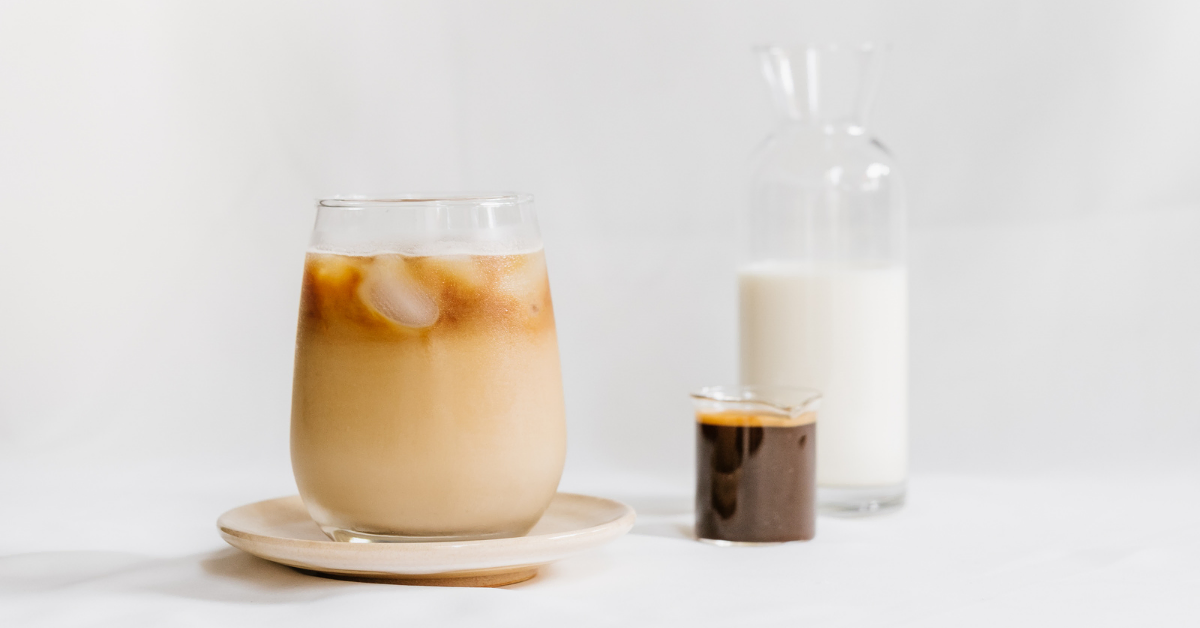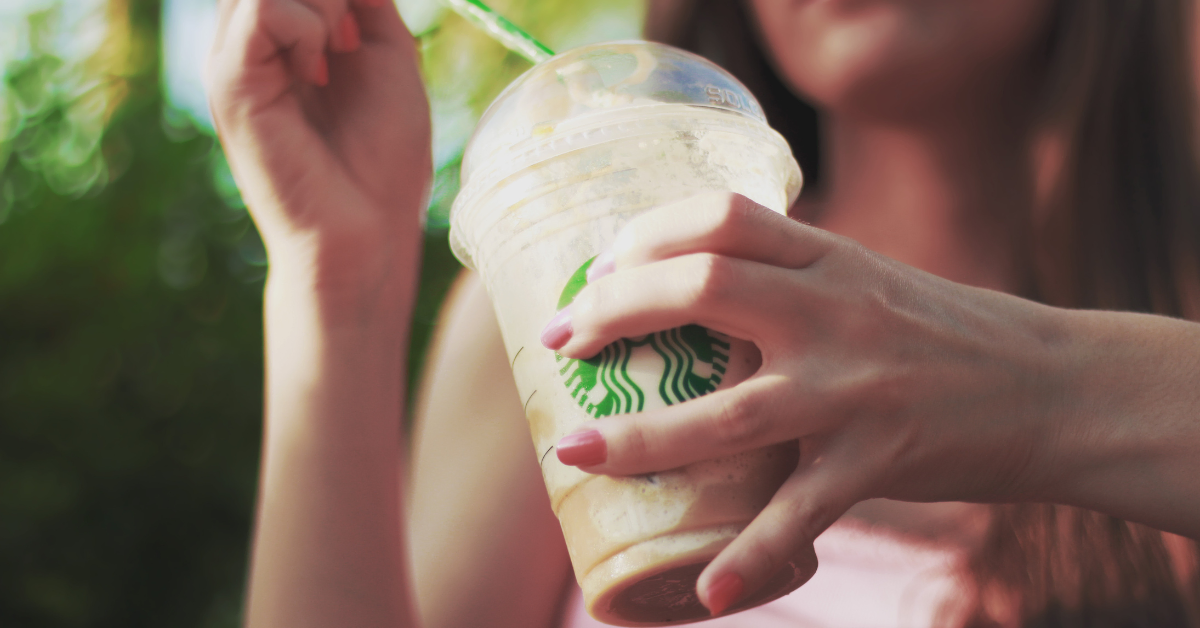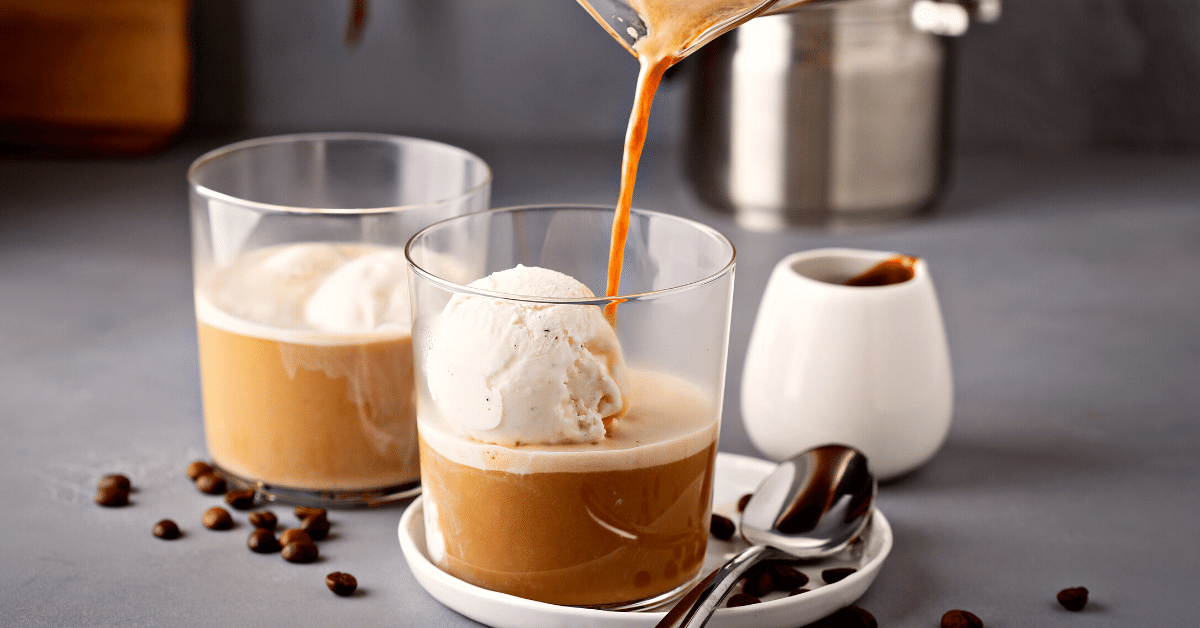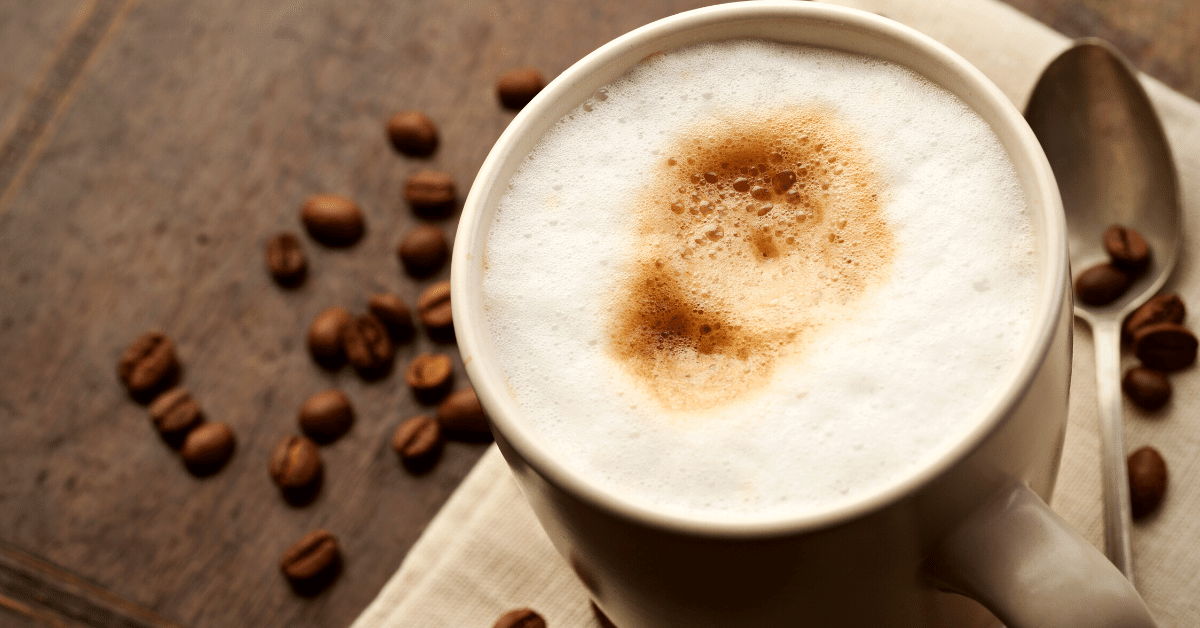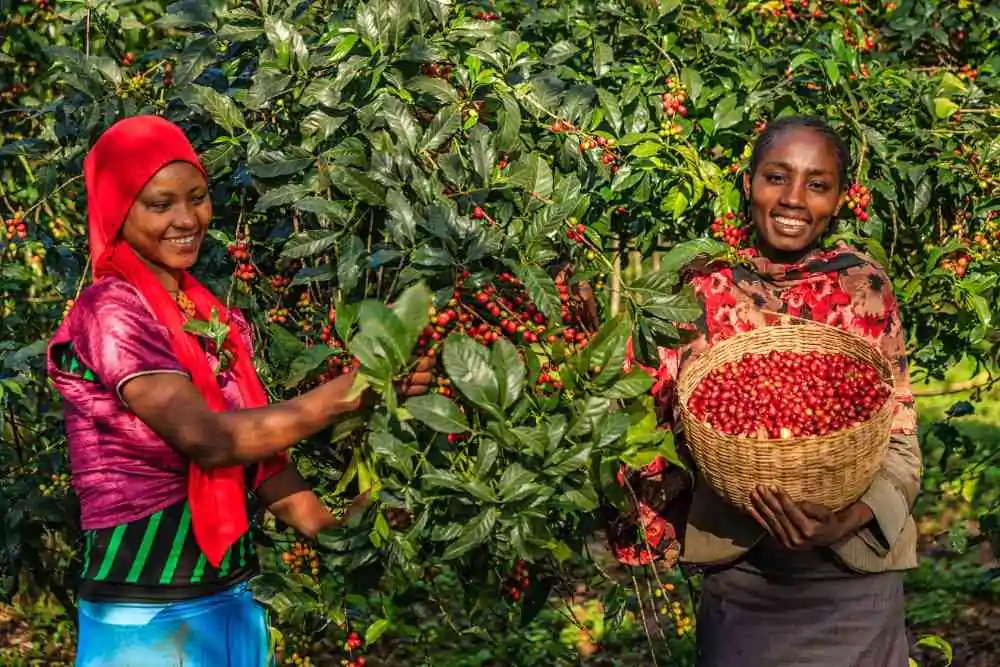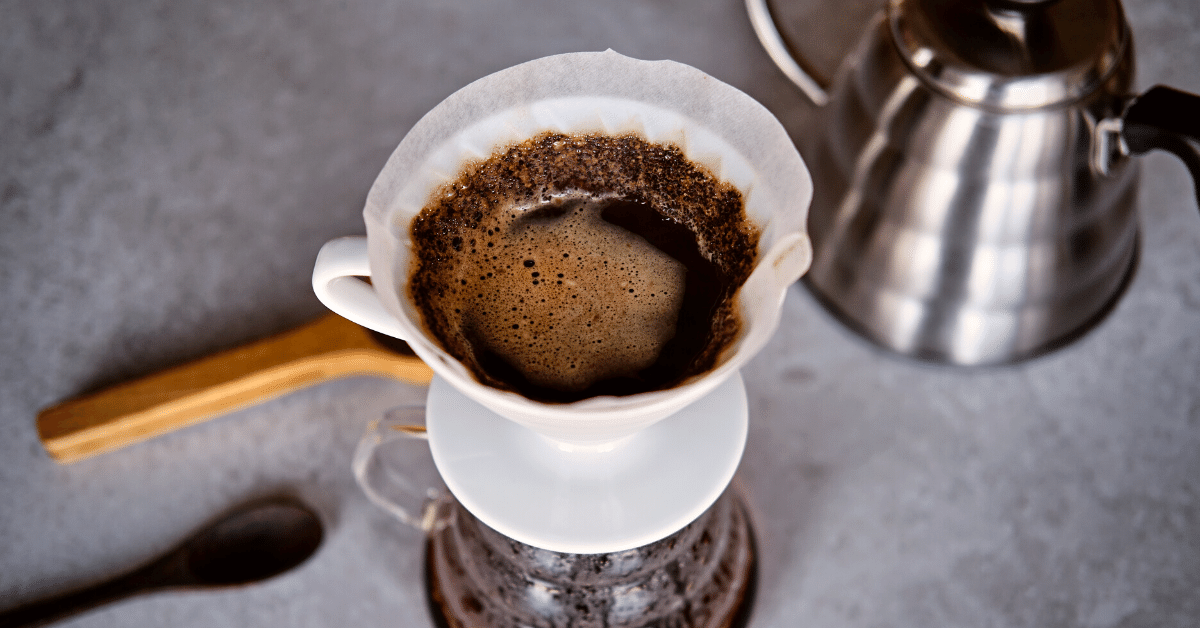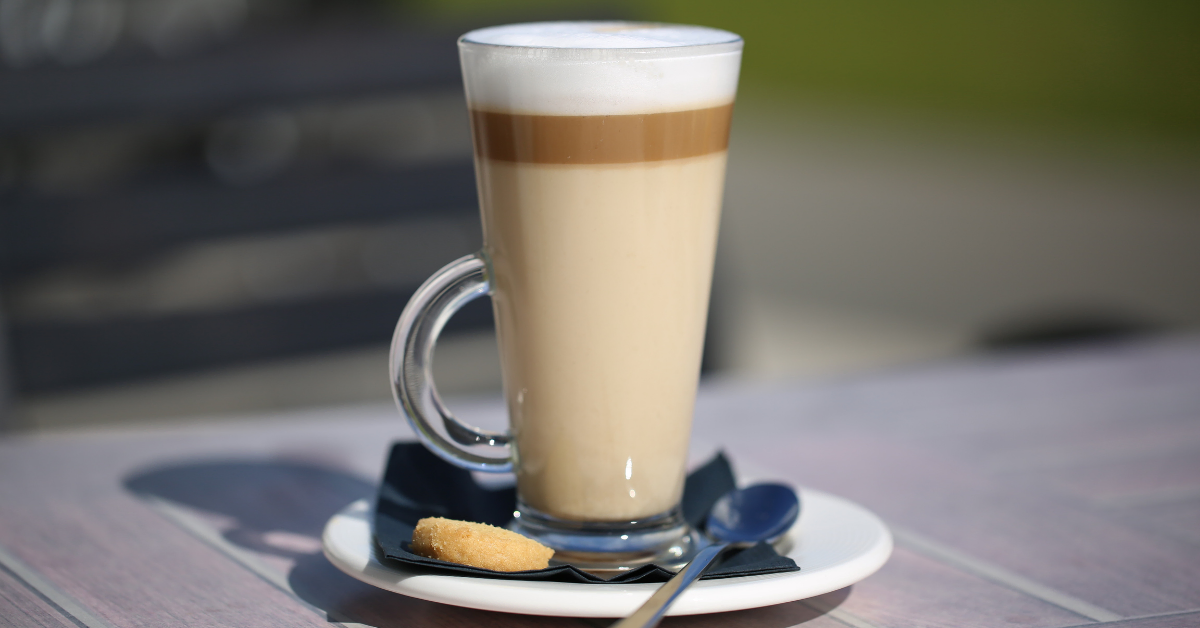If you’re anything like me, Monday morning has you ordering “the strongest stuff you’ve got” at your local coffee shop.
My barista recommended me a blonde roast. But really, is blonde roast stronger than dark roast?
The short answer is yes. But only in terms of caffeine.
Want to know more?
I’ve done the research and put together a guide to help you figure out whether you should go for the acidic blonde roast or stick to the jet-fuel dark roast.
Let’s jump in!
The Blonde Roast vs Dark Roast Debate
Before we start talking about whether blonde or dark roast takes the cake, let’s take a second to talk about what we mean by “strong.”
You see, some people use the word ‘strong’ to refer to how much caffeine coffee has. Others use it to refer to the intensity of the flavor.
If we’re talking about caffeine, a cup of blonde roast is stronger than a dark roast because its caffeine content is higher. But if you’re talking about flavors, a classic dark roast would often have a more vivid and bolder coffee taste.
Let’s take a closer look at why blonde roast is typically stronger than dark roast coffee.
Does the Blonde Roast Have More Caffeine?
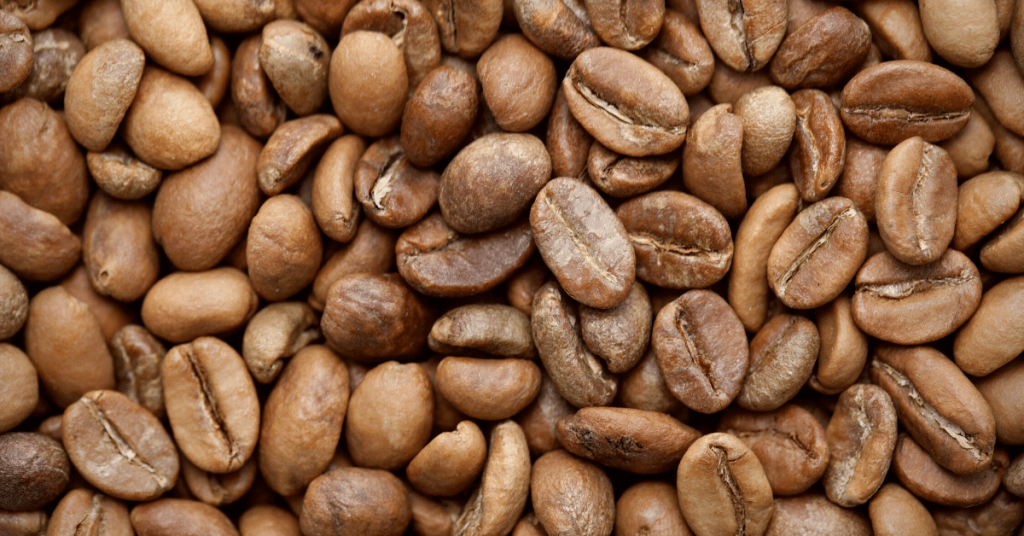
You already know that a blonde roast has more caffeine than a dark roast, but what does that actually look like?
Well, when it comes to different roasts, you can generally figure out which coffee roast has more caffeine by looking at its color.
The reason for this has to do with the roasting process. The darker a bean is, the longer it has been roasted. Since caffeine gets cooked off during the roasting process, this generally means that darker beans have less caffeine compared to lighter roast and medium roast coffee.
A blonde roasted coffee is essentially a light roast, and it undergoes the shortest roasting process of all coffee roasts. As a result, light roast coffee beans have the highest caffeine content.
To give you a better idea, let’s compare the caffeine level of medium, dark, and blonde roasts from Starbucks:
- Dark Roast – 130 mg
- Medium Roast – 155 mg
- Blonde Roast – 180 mg
As you can see, the caffeine content of a blonde roasted coffee is significantly higher than that of a dark roast. In fact, it’s about as much caffeine as you’d get in a can of red bull!
So we can say that a Blonde roast is the strongest coffee out there, or at least it’s quite stronger than a regular espresso.
Let’s take a look at other differences between a darker roast and a blonde roast coffee bean.
What Can Affect the Strength of Blonde Espresso?
A blonde roast can be brewed into either regular espresso or brewed coffee beverages. If it’s a blonde espresso we’re talking about, you can get the intensity of regular espresso but the lightness of a blonde roast.
However, you can actually still alter the strength of your blonde espresso. To do this, you’ll need to play with:
- Volume
- Brewing method
In terms of tweaking the volume, it pays to know that a blonde roast is heavier than a dark roast bean. This is because dark roast coffee beans are roasted longer, evaporating more water in the beans.
So, if you wish your blonde roast espresso to be stronger, measure spoonfuls or the beans’ volume instead of weight. This will yield higher caffeine content because blonde roasts are denser and heavier.
To tweak the strength via the brewing method, you’ll want to select brew systems that can extract more caffeine. And, even though we’re talking about espresso here, you can actually use other brew methods to make espresso.
For instance, French Presses can extract between 80 to 100 mg of caffeine in one 4-ounce cup. On the other hand, an espresso machine can only extract 30 to 40 mg of caffeine in each shot.
By changing the brewing method you use for your coffee, you can tweak how much caffeine you get out of your cup. This can alter the strength of your blonde espresso.
Fast Facts About Blonde Roast

Now that you know a blonde roast is more robust than a dark roast, let’s get a bit more insight into a blonde roast. That way, you’ll get a feel for why it’s stronger and how to maximize that!
Blonde roast is actually just a fancy name for a light roast. Light roast coffee has been around for ages, but the term ‘blonde roast’ is relatively new.
You see, the term ‘blonde roast’ was popularized by Starbucks when it initially released its signature blonde roast in 2012.
Since then, other brands have followed suit and begun calling their light roast ‘blonde.’
How Blonde Roast Is Made
Part of what sets blonde coffee apart is how it’s made.
To make this kind of coffee, producers roast green coffee beans slowly and at low temperatures until the beans first begin to crack.
The beans will crack when the moisture turns to steam inside the beans. This happens at around 346 to 401 degrees Fahrenheit.
Once the beans first crack, you’ll notice that the once soft coffee beans become dense and hard. They also develop a light brown color and an oily sheen.
It’s at this stage that the roasters remove the blonde roast from the heat!
What Blonde Roast Tastes Like

Blonde roasts have very distinct flavors because of their light roasting process.
In general, coffee made with blonde roast tastes smooth and velvety. It often has slight sour notes because of its higher acidity level.
You may also notice subtle floral notes from the beans.
Despite the floral notes, a blonde roast isn’t as sweet as your standard medium roast beans. Because of the shorter roasting process, the sugars in the beans don’t caramelize. This leads to more citrusy flavors with less sweetness.
Because a blonde coffee bean has such bright flavors, it’s often the drink of choice for the professional coffee drinker. Many people choose to drink them as black coffee to taste all the subtle flavors.
However, you can also add milk and sugar—I won’t tell!
The Acidity Level
One of the main characteristics of blonde roast coffee is its high acidity.
A blonde roasted coffee has an acidity of around 4.5, which is much lower than a dark roast, which has an acidity of 5.9.
The reason these roasts are more acidic is that they’re roasted for short periods of time at high temperatures. That method causes more acid to be released.
Although there’s nothing wrong with this acidity, it can be rough on individuals with sensitive stomachs.
Must-Try Blonde Roast Coffee Drinks
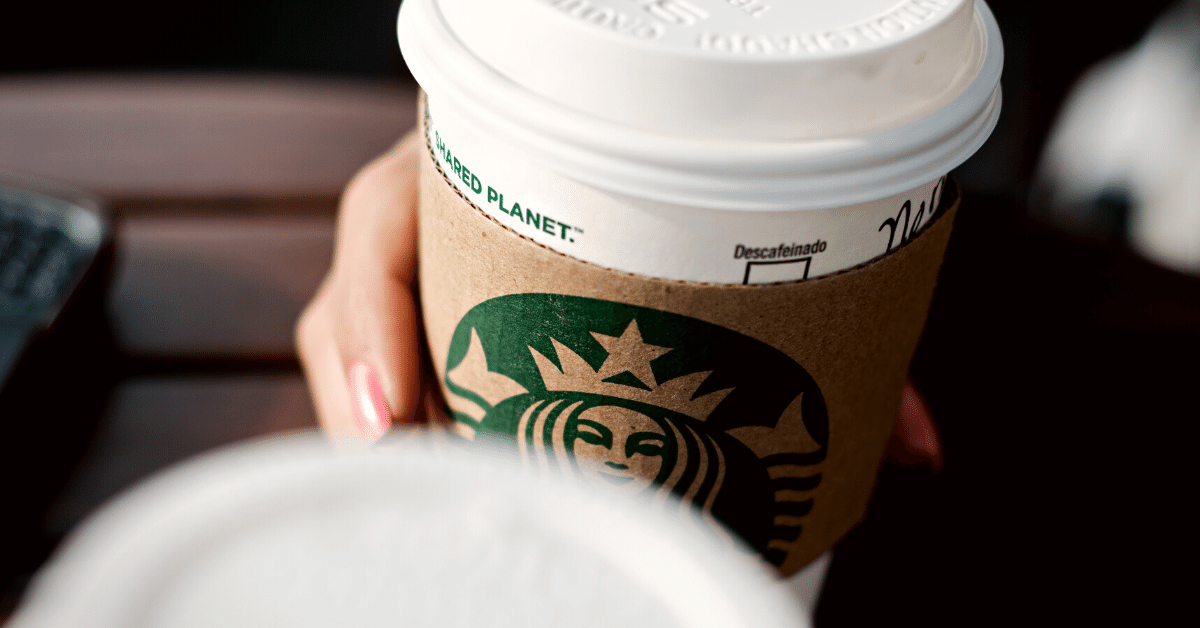
Starbucks blonde roast espresso and coffee drinks are popular nowadays.
It’s great as a plain espresso drink, but it also goes well with milk and additional flavors. Starbucks blonde espresso is a staple element of their most popular coffee drinks, such as Blonde Vanilla Latte.
Here are some of the best options to try for your next Starbucks coffee run:
- Starbucks Blonde Roast Coffee: a medium roast drip coffee with lemon notes and bright acidity
- Starbucks Blonde Caffe Americano: blonde espresso topped with hot water
- Starbucks Blonde Caffe Latte: Starbucks espresso with hot steamed milk
- Starbucks Blonde Vanilla Latte: blonde espresso, steamed milk, and vanilla syrup
- Starbucks Blonde Hazelnut Latte: blonde espresso, steamed milk, and hazelnut syrup
- Starbucks Blonde Americano Misto: blonde espresso topped with half hot water and half steamed milk
The Verdict
Blonde roasts are stronger than darker roasts when you’re considering caffeine levels. But when it comes to flavor, they’re much less intense and far lighter-bodied!
Most of that has to do with the acidity of the coffee, where the beans are sourced, and the roast level.
Want to make a delicious blonde roast coffee at home? Check out this iced blonde vanilla latte copycat recipe and discover your new favorite drink!

